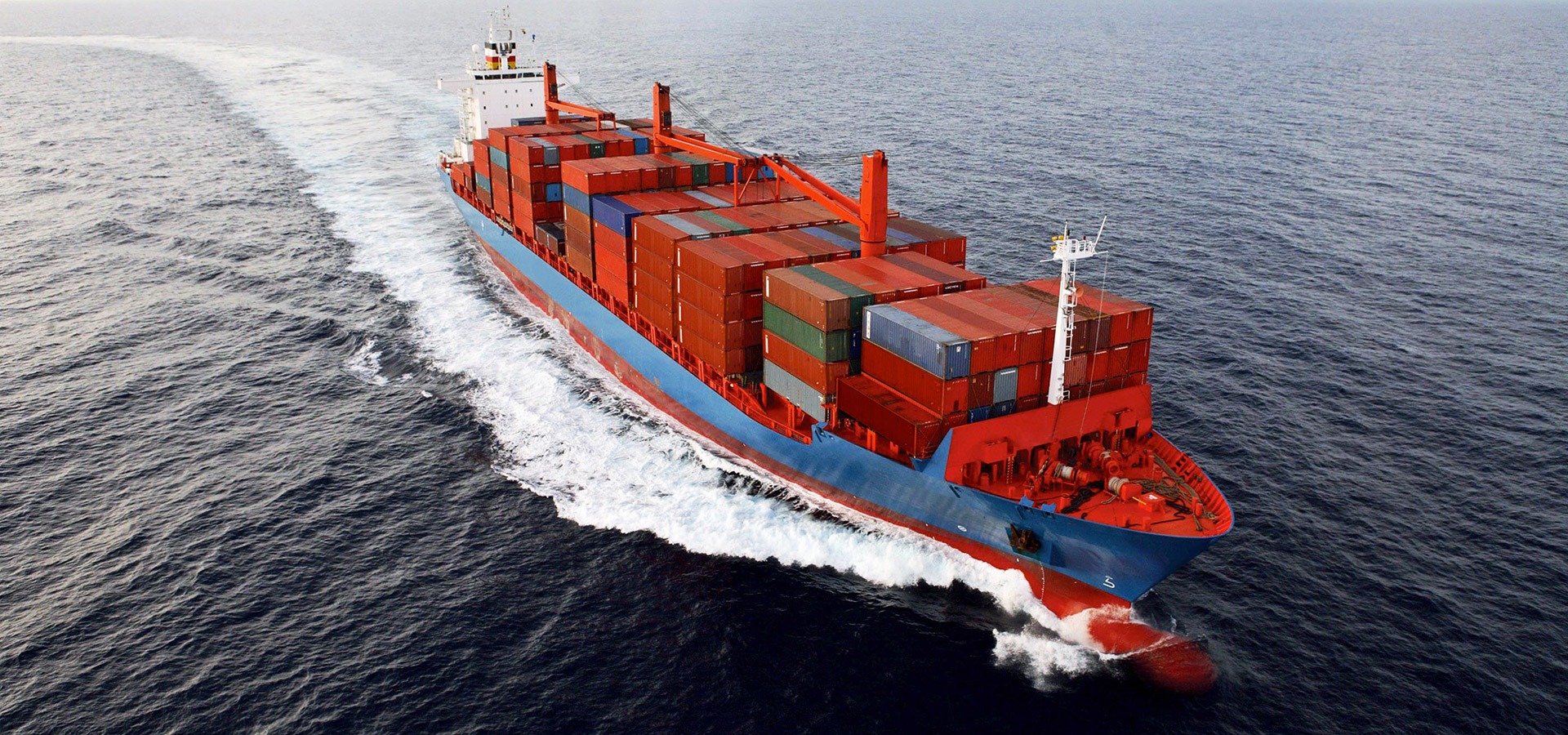Welcome to Parcelconsulting
Welcome to Parcelconsulting

Navigating the complexities of international shipping regulations evolves around understanding essential elements such as the De Minimis rule. This rule sets a threshold below which imports can enter countries without duty, impacting businesses and consumers alike. Different countries have varied De Minimis values, leading to a patchwork of regulations that businesses must navigate.
This article aims to demystify the De Minimis rule and its implications for international inbound shipments. From exploring the definition of De Minimis and examining the impact of changes to these thresholds, to analyzing their effects on global trade dynamics and supply chain resilience, readers will gain insights into navigating these regulations effectively. Compliance challenges and strategic adjustments businesses might need to consider will also be covered, providing a comprehensive overview of how De Minimis influences international shipping practices.
Through this exploration, businesses can find strategies to leverage De Minimis regulations for cost savings and streamlined operations, aligning with the latest in legal and trade developments.
At the heart of navigating international shipping regulations lies a crucial principle known as the De Minimis rule. This rule, codified under Section 321 of the Tariff Act of 1930, plays a pivotal role in determining how goods valued below a certain threshold are treated upon entering the United States.
Definition and Thresholds:
Global Perspective and Consumer Impact:
Changes and Implications:
In addition to these key points, it’s essential to consider the operational aspects and compliance challenges presented by the De Minimis rule. Importers must navigate a complex landscape of regulations, which can vary not just by country but also by the type of goods being imported.
What’s more, the rule’s application in international trade law and its ramifications for free trade agreements and export controls underscore its multifaceted nature. By understanding these nuances, businesses can better leverage the De Minimis rule to optimize their shipping strategies and operations, ensuring cost-efficiency and compliance in the dynamic landscape of international trade.
The proposed changes to the De Minimis rule, particularly through the Import Security and Fairness Act, could significantly alter the landscape for international inbound shipments.
Legislative Changes and Their Direct Impacts:
Broader Implications for Businesses and Consumers:
Visual Representation of the Impact:
While the proposed changes to the De Minimis rule aim to address security concerns and unfair trade practices, they also present significant challenges. Businesses, especially small and medium-sized enterprises, could face increased operational burdens, while consumers might see a rise in the cost of goods. It’s imperative for stakeholders to understand these implications fully and prepare for the potential shifts in international trade dynamics.
Arbitrarily increasing red tape in the processing of De Minimis shipments introduces significant challenges to the global trade ecosystem, particularly affecting the efficiency and resilience of international supply chains.
Fragility of Port Ecosystems:
Rapidly Evolving Business Models:
Free Trade Agreements’ Influence on Consumer Behavior:
Visual Representation:
In summary, the proposed changes to the De Minimis rule pose significant challenges to international trade and supply chains. From the fragility of port ecosystems to the rapid evolution of business models and the potential impact on consumer behavior and free trade agreements, stakeholders must carefully consider these factors as they navigate the changing landscape of international trade.
Navigating compliance and operational challenges in the realm of international shipping regulations, particularly under the De Minimis rule, requires a multifaceted approach. Companies are tasked with ensuring adherence to a complex web of requirements, which, if overlooked, can lead to significant penalties and operational disruptions.
Key Compliance Areas
Compliant Carriers and Duty Management:
Labor and Product Safety Regulations:
In light of recent discussions in Congress about potentially lowering the De Minimis threshold due to concerns about imports from China, illicit drugs, and counterfeit goods, companies must stay informed and agile. The use of resources like Country Commercial Guides and compliance software can significantly ease the burden of navigating these changes. Additionally, understanding the full spectrum of costs borne by the customer and ensuring transparent communication is crucial for maintaining trust and satisfaction in international transactions.
In light of potential changes to the De Minimis rule, businesses engaged in international trade must consider strategic adjustments and preparations to remain agile and competitive.
By adopting these strategic adjustments, businesses can navigate the uncertainties surrounding the De Minimis rule, ensuring resilience and continued growth in the dynamic landscape of international trade.
As businesses look toward the future, the call to action is unmistakable: stay informed, leverage resources wisely, and remain agile in the face of regulatory shifts. Armed with this knowledge, companies can not only navigate the challenges presented by De Minimis changes but also harness potential opportunities for innovation and growth. Ultimately, in the dynamic world of international trade, foresight and flexibility are key to thriving amidst change.
As any business evaluates the various national carriers to determine the best fit for their needs, it’s important to remember that software and technology innovations have made it easier than ever to utilize many different carriers, including regional carriers, couriers, and various final mile delivery providers to get the lowest costs and best results.
At Parcel Consulting, we help any business see how their rates and parcel strategy stacks up against their competition and the largest retailers in the world.
Our shipping experts and innovative analysis process allow your business to know they have the best shipping rates possible and they are utilizing the most effective strategies to get their packages delivered to each and every customer.
Contact us today at 833-727-2351 or schedule a shipping consultation online here.